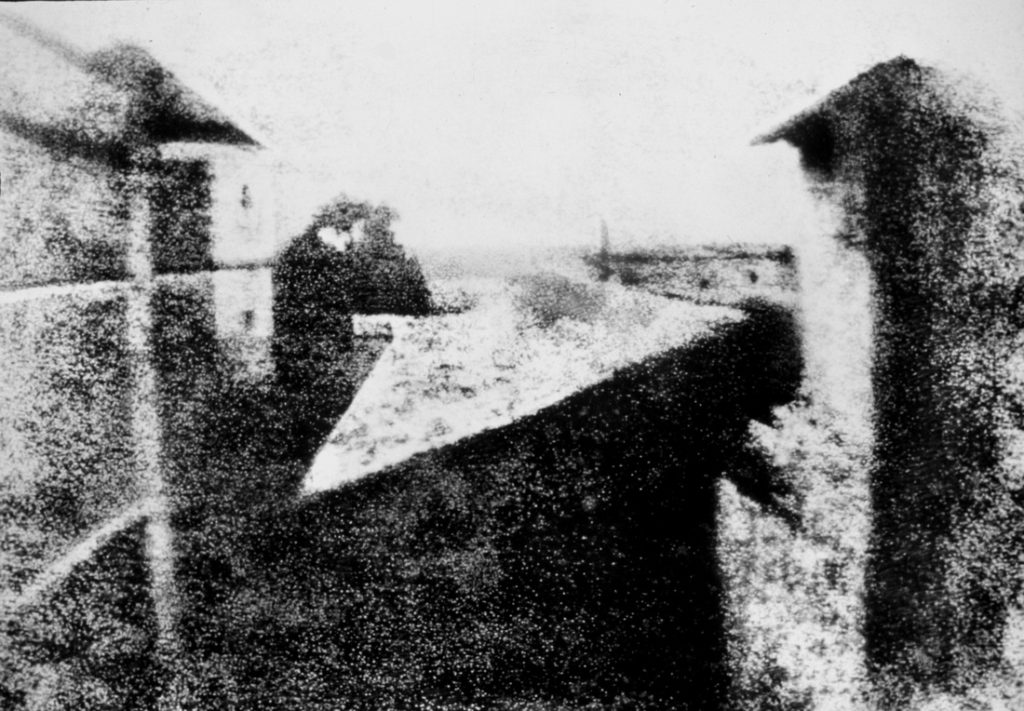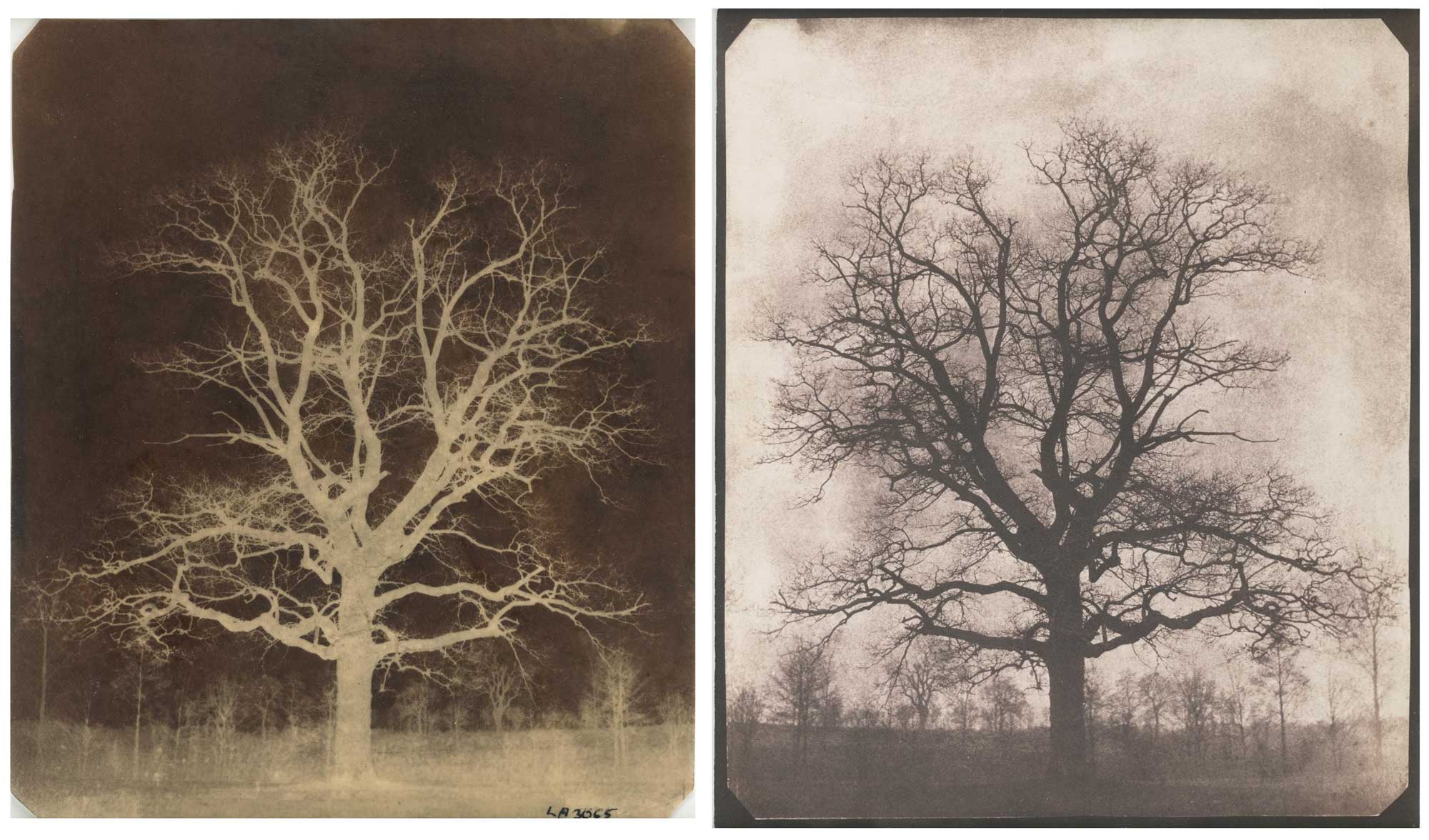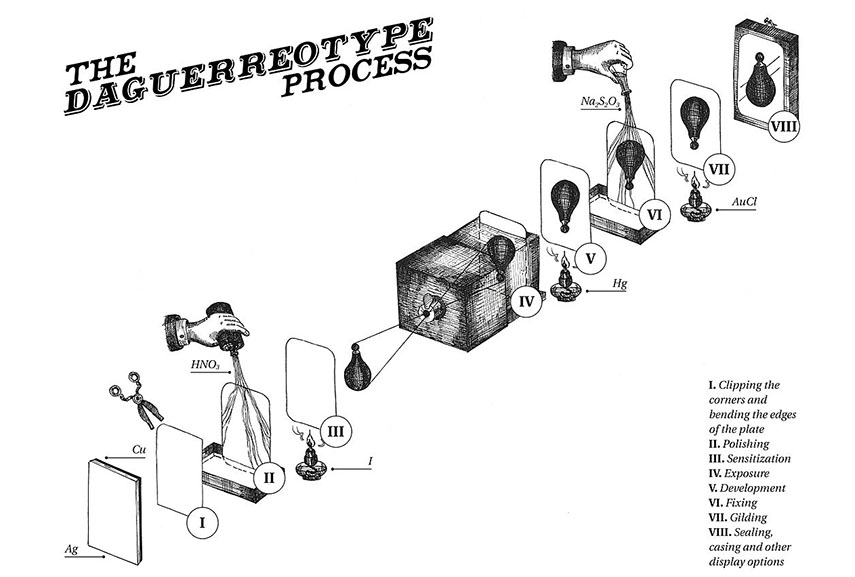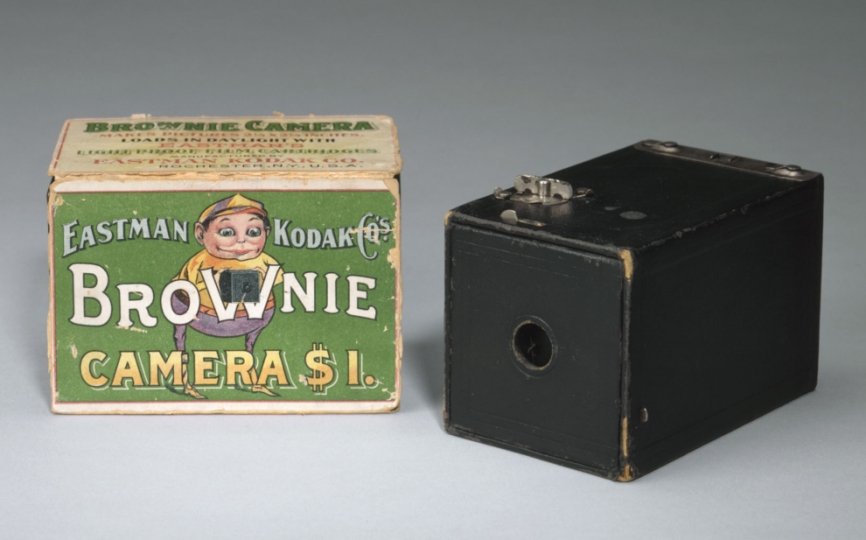Origin of Photography –
The potential of photography is to be able to convert the ordinary to the extraordinary.
In this essay I will go over the history of Photography. From its creation to its conceptual developments such as Framing and the decisive moment, key aspects in capturing an image. With Photography having such a diverse use to document, tell a story or just be able to capture something seen everyday so well-camouflaged into everyday life, it can be revitalised through a creatively composed photograph.
Camera Obscura & Pinhole Photography –
Even before the development of photography, the idea had existed much longer. Dating back through numerous periods such as the Ancient Greeks, the Romanticism era and Ancient China. Within these periods, ideas around the concept of photography, such as with Aristole or the Chinese philosopher, Mo-tzu (or Mozi) in 400BC all centred around the natural Phenomenon, Camera Obscura. Created through the projection of light into a small lens or opening into a dark box or room, the narrow source of light, projects the outdoor image upside down within the dark chamber. The practice of this has been used for years, becoming more confined and developed until it was implemented into the physical mechanisms of photography we have in modern times. Examples of its usage before Cameras can be seen with famous painters Canaletto and Rembrandt. These artists used this to help achieve the incredible detail they have within their works of a reflected reality.
(Illustrated demonstration from the 1800s of how the phenomena occurs).

(Modern day re-creation of the phenomenon).

Nicephore Niepce & Heliography –
Photography’s origins, unlike other subjects, are highly debated to an exact date of time. Estimated to have began in the early 19th century. The oldest surviving photo dating back to 1826 or 1827, was made by Nicéphore Niépce.

(View from the Window at Le Gras – Nicéphore Niépce, 1826 – 1827).
Taken in Saint-Loup-de-Varennes, France, this was a heliographic image. Experimenting since 1811, Niépce’s aim was to create a photo-etched printing technique.

Having experimented before with acid-resistant Bitumen of Judea, which he had used in etching, he saw that it hardened with exposure to a light source. In experiments to create the printing technique he used zinc, copper and silver surfaced copper as well as pewter and limestone. As a result he found that when the surface was exposed the. Most light resisted was in the dissolution in oil of lavender and petroleum. Here the shadow areas could then treated also through acid etching a print the image in black ink. 11 years after this development he then produced the first light-resistant heliographic copy of an engraving. Without the use of a lens, he placed the print in contact with a light-sensitive plate. Through developments and experimentation with these pewters plates, he would find that due to their reflective surface this made his image more clearly visible.
Calotypes and Daguerreotypes –

Henry Fox Talbot, (1800 – 1877)
In 1839, The proper development of photography began with 2 processes. Henry Fox Talbot, an English Scientist, developed the first, and published his invention. By fixing images through the action of light and silver chloride coated on paper, the process of how this Produced a ‘Negative’, was revolutionary. by using a brief exposure of light, over a short period of time these would then darken and become a ‘negative’ image due to their reversed areas of light. From this ‘developing’ process, a ‘developing out’ process was also used to converse these latent images into a clear image through an additional use of chemicals on paper. from this method, negative images could be used as a template to then create prints, which then could be made numerously. From this invention he would name it Calotypes.

(Example made by Henry Fox Talbot)

Louis Daguerre, 1787 – 1851)
The second type, based upon Nicéphore Niépce’s work using heliography, created by Louis Daguerre used iodine-sensitized silvered plate and mercury vapour. Naming it after himself, he called this ‘The Daguerreotype’. Within this method, it created an interesting effect as through the process of making the photo, its appearance looked more like a 3D effect unlike the flat texture paper effect of Talbots Calotype. Despite the interesting process of the Daguerreotype, Talbots would ultimately be the more popular method due to its simplicity of processing images. Through Talbert’s work, the functioning of his system would soon become even more simplified and as a result the development of the film camera would be made.


(Examples of the daguerreotype photos)
Richard Maddox –

Richard Maddox, 1816 – 1902
In England, 1871, Dr Richard Maddox, a physician suggested that sensitising chemicals, calcium bromide and silver nitrate, should be coated on a glass plate in gelatin. From this suggestion, Charles Bennett, made the first gelatin dry plates for sale, soon after the emulsion of these chemicals could then be placed onto celluloid roll film.

These lightweight, gelatin negative plates revolutionised photography at the time. Through a commercial market these dry plates bought off a shelf, saved photographers from having to prepare their own emulsions in a dark room, instead these didn’t have to developed straight away and could be stored for later development. His work also would later go onto the construction of small enough, hand-held cameras.

(An example of the smaller hand-held cameras Maddox’s work would go onto create).
George Eastman –

George Eastman, 1843 – 1932
Born in New York, Eastman was an American entrepreneur and inventor who developed the first Kodak Camera. In the lead up to this his contributions can be seen beginning in 1880 when he perfected the process of making dry plates for photography, a process first made by Richard Maddox. Operating in London, he manufactured these dry plates from a factory and established the Eastman Dry Plate and Film Company. Applying the perfected process of the dry plates onto film, Eastman was able to make the first ‘Kodak’, which in 1888 he placed on the market.

In 1889, George Eastman and his company made their largest contribution to Photography with the introduction of roll film. Produced on a transparent base, this has since remained standard for film.
The Kodak Brownie –

With Kodak’s developments with photography one of their most important inventions, ‘The Brownie’, created to take images easily and quickly, allowed for amateurs within photography take their own ‘snapshots’. Due to the nature of photography being quite costly it was useful reserved for those of a higher class, however this let the middle class into the art too. Invented in 1900, its marketing was highly popular and saw their ownership on a massive scale.


(“Clearing Winter storm, Yosemite National Park” – Ansel Adams, 1937).
With famous photographers such as Ansel Adman’s using Brownies, their impact on the world of photography had shown they had made their mark.
From to Digital photography –

With Film photography, being used throughout the whole 20th century through George Eastmans invention of film rolls. The modern era of photography came about in 1975, with Steve Sasson’s invention of the first self-contained digital camera for Kodak. With this invention, it began another revolution in the world of photography. Using a 32 x 32 metal-oxide-semiconductor image sensor, which was modified with an Mos dynamic RAM memory chip, Sasson was able to build his invention.

(Side by side image of a film photograph vs ‘film-less’ digital image taken on Sasson’s camera).
From this point onward the development of photography has since grown rapidly, to its compaction into everyday life nowadays in mobile phones.

Jersey’s significance on the history of photography –
Thomas Sutton, 1819 – 1875

Sutton, a renowned figure not only in his local story but also his story in photography is most known for being the first photographer to take a coloured photograph. Establishing a studio in St Brelade in 1848 here he worked alongside another photographer, Frenchman L.D. Blanquart-Evrard were they had a printing establishment. In 1850 this studio was advertised as “founded at the suggestion of, and patronised by, H R H Prince Albert” who was known to be a keen collector of photographs. Suttons work of notoriety can be seen with his early experimental contributions to the patenting of a panoramic lens. His main contribution to photography however, was being the first photographer to take a coloured photograph. Under James clerk Maxwells pioneering work of creating colour photography, through a multi-coloured ribbon and a blue, red and green filter (similar to a computers RGB’s), this allowed Sutton to take the photograph in colour.

(The First permanent colour photograph, taken by Thomas Sutton in 1881, using the method produced by James Clerk Maxwell).




